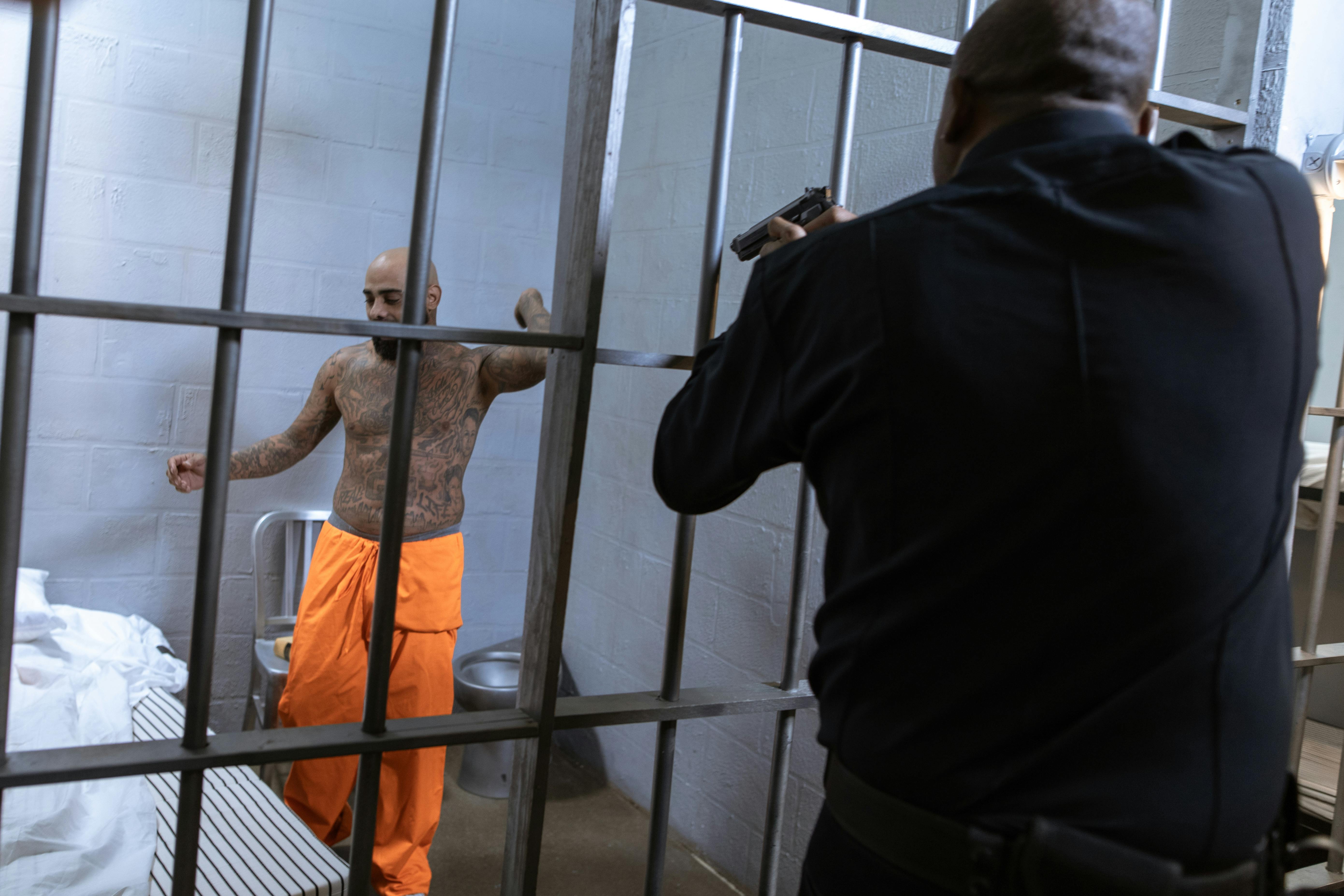Ying Zheng (ruler of the state of Qin) defeated the other six states and established the Qin dynasty (221-206) in 221 BC. C., which is the first centralized feudal country in China, and was considered much larger than the previous clan leaders (the so-called Three Sovereigns and Five “Emperors”) of the prehistoric era, which is why Qinshihuang was proclaimed emperor (es i.e. the first emperor of China) and chose Xianyang (present-day Xi’an) as his capital.
A series of far-reaching reforms were carried out during the reign of Emperor Qinshihuang, including the establishment of the centralization system, the introduction of a uniformity of Chinese weights, measures, and characters, which still have a substantial influence on people today. . Emperor Qinshihuang also ordered the construction of large buildings during his reign, including the Imperial Highway, the Afang Palace, the Great Wall, and his own mausoleum, of which the best known is the Great Wall that stretched from Lintao in the east and Liaodong. in the east to resist the attacks of the nomadic tribes of the north. Great importance was attached to the law and the legalist (a school of thought in the Warring States Period) Li Si was appointed chancellor to carry out reforms by Emperor Qinshihuang. Under Li Si’s proposal, the books of different schools (except the Legalistic School) were burned, some Confucian scholars were buried alive, and the weapons were taken by Emperor Qinshihuang.
Emperor Qinshihuang died suddenly in his royal progress in 210 BC. C., and Hu Hai (the second son of the Qinshihuang emperor) ascended to the throne killing the crown prince Fu Su (the eldest son of the Qinshihuang emperor), proclaiming himself Emperor Ershi (that is, the second emperor of China). Possessing the despotic rule of Emperor Ershi,
The Dazexiang Uprising led by Chen Sheng broke out and the previous official ministers of the other Six States revolted ten months later. Liu Bang rebelled and captured Xi’an in 206 BC. C., and the last Ziying emperor of the Qin dynasty surrendered to Li Bang, which caused the fall of the Qin dynasty. The war between the state of Chu led by Xiang Yu and the state of Han led by Liu Bang broke out in the following years and ended with the death of Xiang Yu.
Liu Bang ascended the throne and established the Han Dynasty (206-220) with Chang’an (present-day Xi’an) as its capital, ushering in a new era in human history. A series of policies were taken to reduce corvee and taxes and great importance was attached to agriculture and manufacturing in the early and middle ages of the Han Dynasty, which greatly stimulated the rapid development of the economy, culture and the army. The Han Dynasty was at its peak during the reign of Emperor Wudi, which was titled “One of the Four Great Empires of the World”, in addition to the Roman Empire, the Anxi Empire, and the Guishuang Empire, and Emperor Wudi sent Zhang Qian to West. Regions as envoy, opening the world famous Silk Road and promoting cultural communication between China and Western countries.



